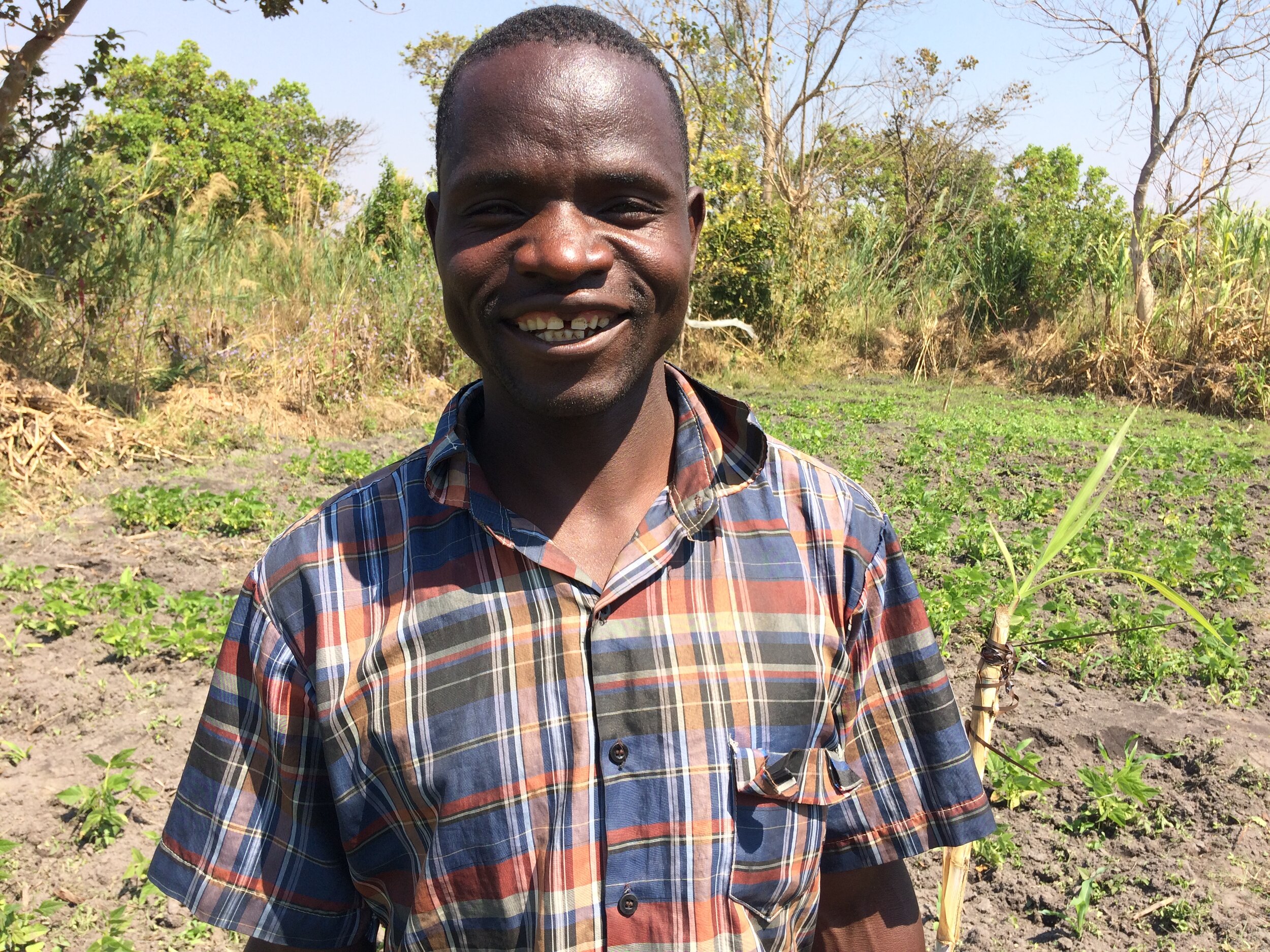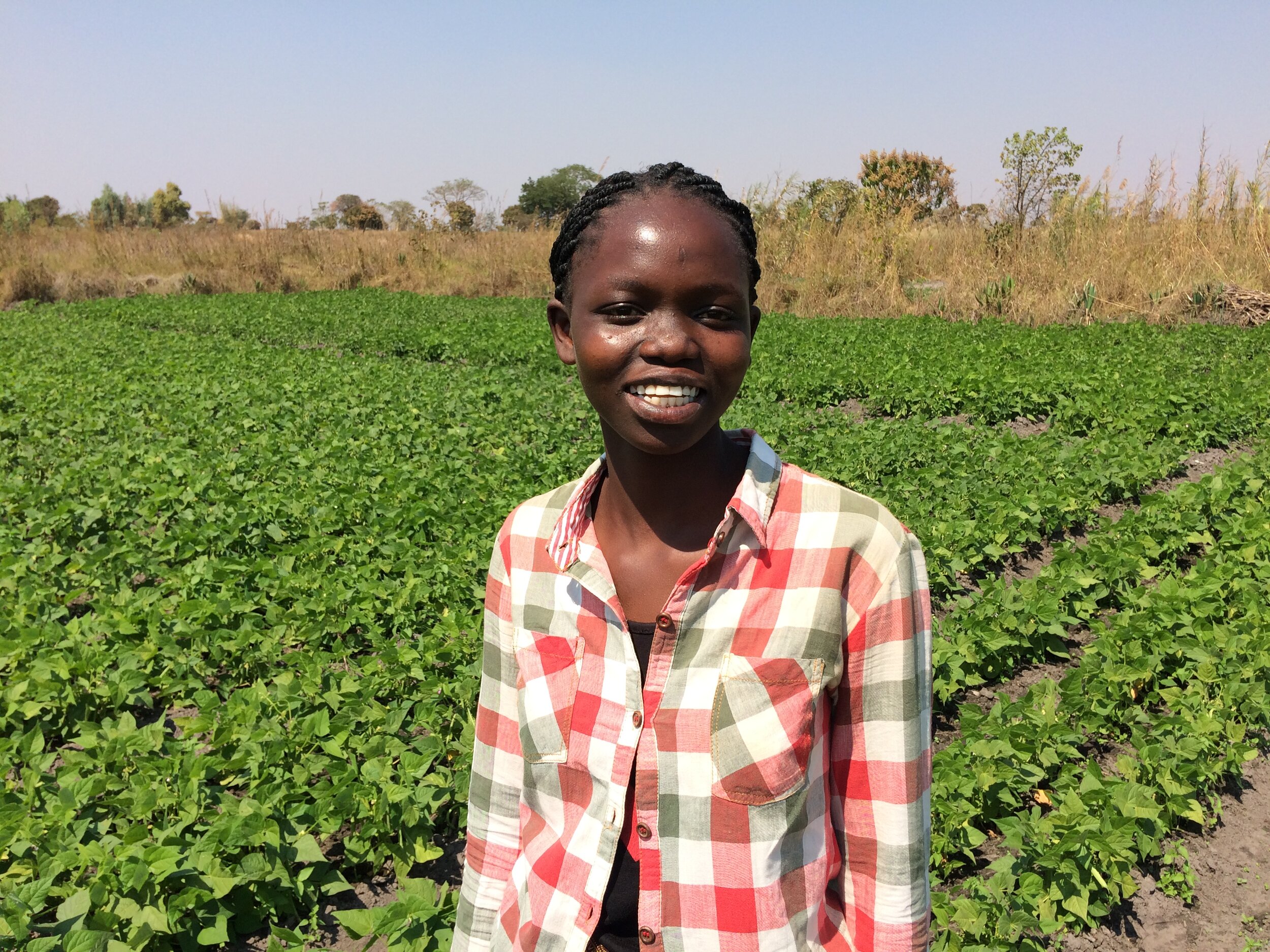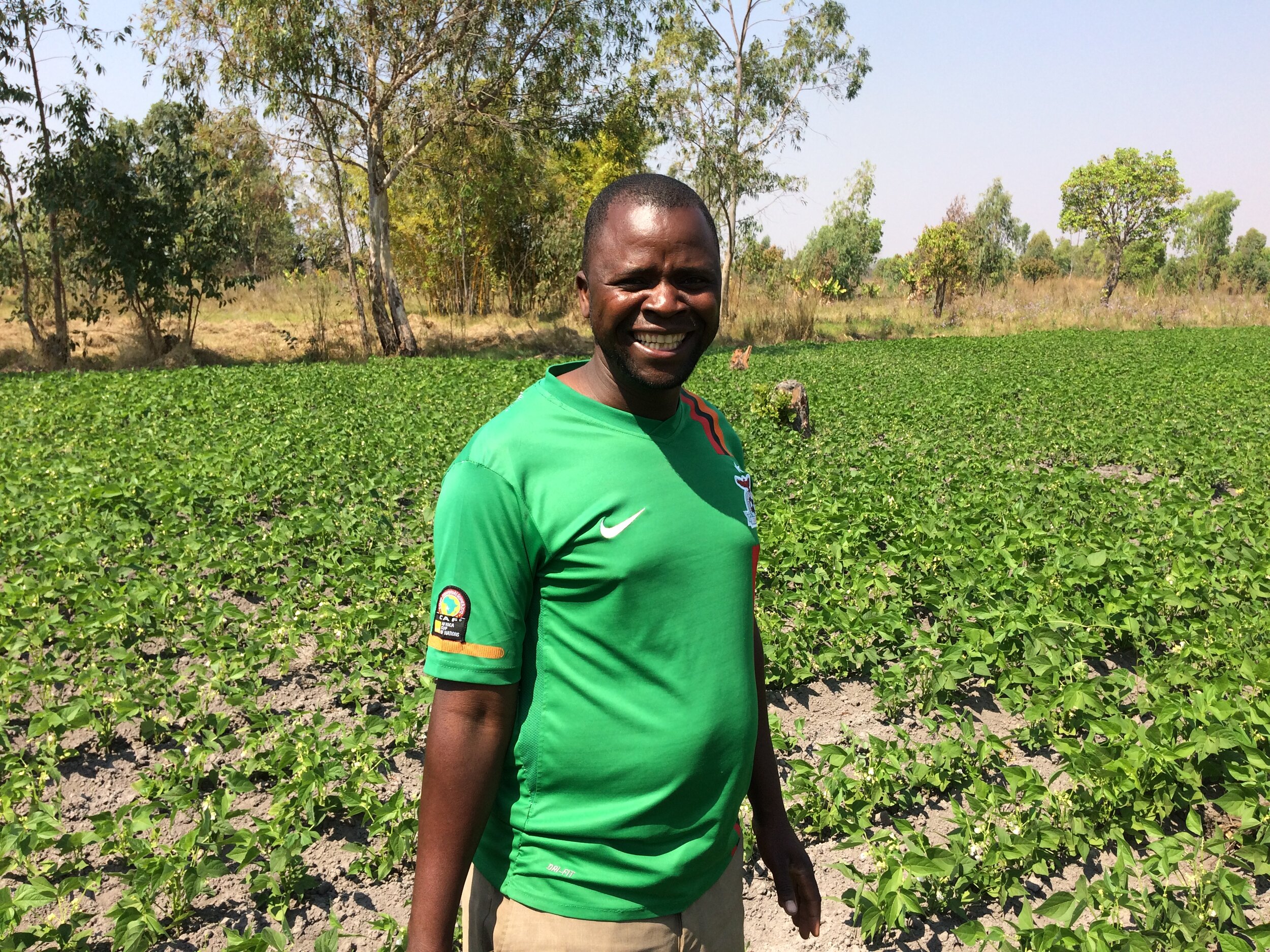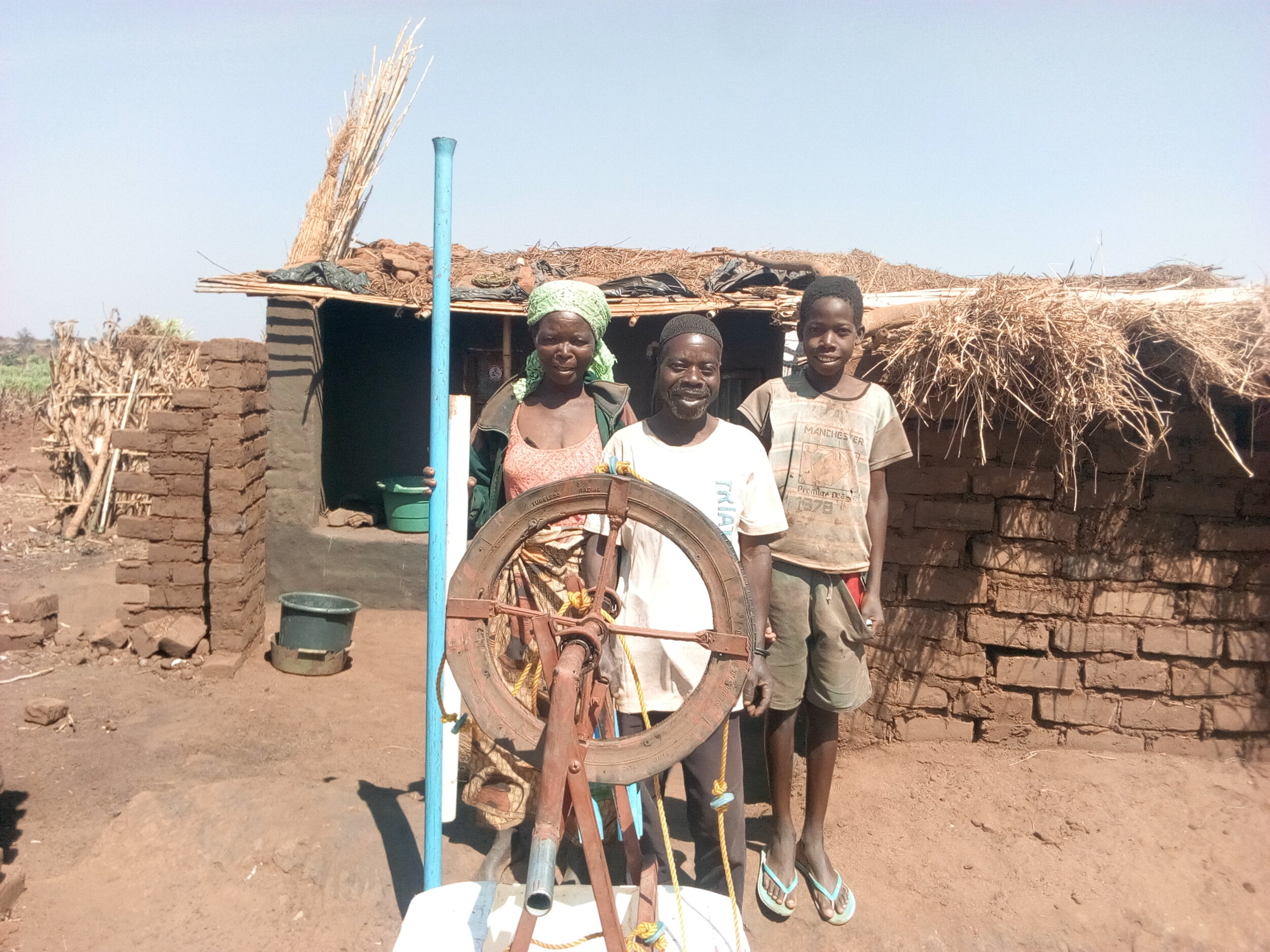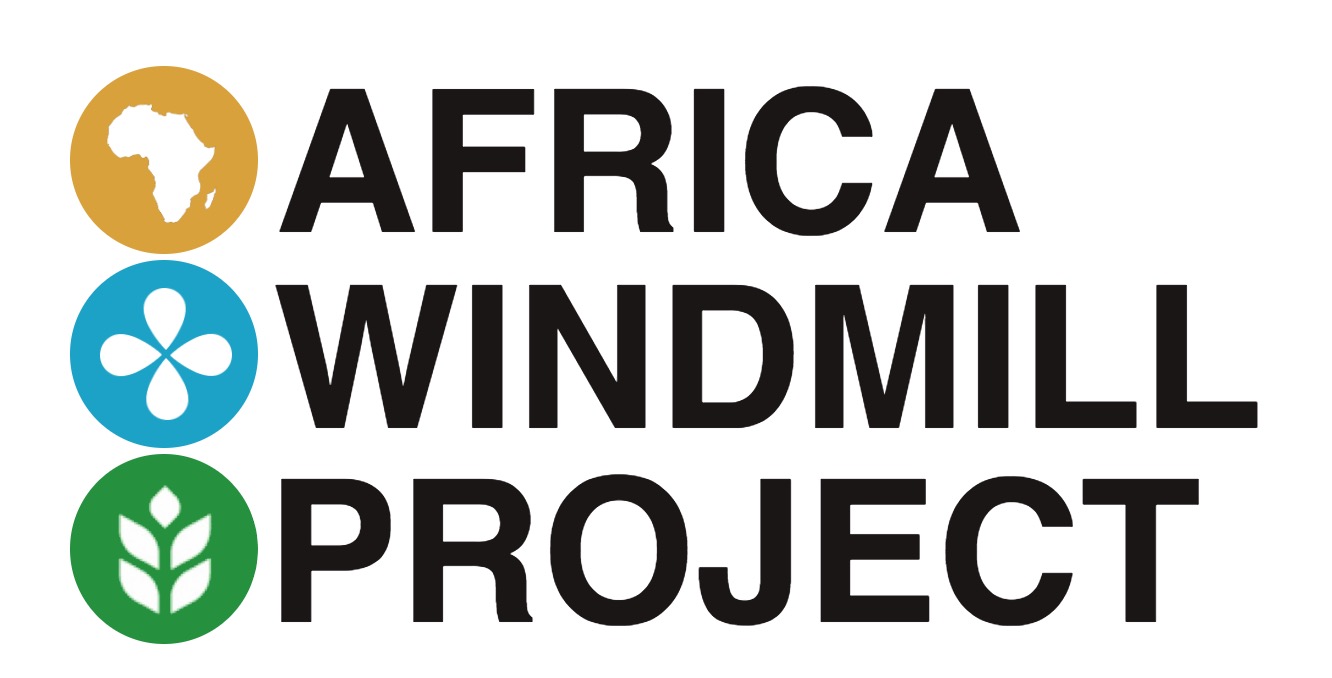The Hunger Season is Here.
Maize prices have skyrocketed over the past few months. Last year a 50kg bag of maize was selling at $8.90 and now it is selling at $15.06. Now Malawians are choosing to work for food rather than money a sure sign that the Hunger season has arrived. For Farmers who are able to grow food right now, in the “Dry Season” (March - November), because they have learned sustainable agriculture and irrigation theirs is a different story.
“As a farmer, I am so happy with the maize prices this year, I have already sold close to 20 bags. However, I am sad that food shortage is real and has already started affecting my aunt. She called my brother asking for money to buy food. Again, [a man] who works in my garden says he has used all his food reserves and now he does not want me to pay him money. He actually came yesterday and collected two bags of maize in exchange for work that he will do in my garden.”
Thank you for Ending the Hunger Season for families in Malawi. Because you give families have food, food for themselves, food to share, and food to sell.
The Malawi Food Security Outlook update for June 2019 to January 2020 indicates that maize prices continue to be abnormally higher despite that the overall national crop production is expected to be slightly above average. The food security update by The Famine Early Warning Systems (Fewsnet) says the higher prices are due to production shortfalls in the Southern Region of Malawi, thereby, increasing demand of maize (corn) on the market. The report says that the projected prices are estimated at 20 percent above last year’s prices during the same period. International Food Policy Research Institute says, the average retail maize price increased to K163 ($0.223) per kilogram which is an equivalent of 0.45lbs in May 2019, up from the minimum farm-gate price of K150 per kg ($0.205}, which is also K65 ($0.089) per kg (lbs.) higher than in May 2018. Face of Malawi, July 19th 2019
This is the recent outlook of food availability and prices on the market. The reports are clearly indicating that there is a food shortage because farmers did not harvest enough food for their households. Maize (the staple food in Malawi) prices have skyrocketed. Last year, a 50kg (22.5 lbs.) bag of maize was selling at K6,500 ($8.9) in most parts of the country while it is now selling at K11,000 ($15.06). For an average Malawian who survives on less than $2 a day, purchasing a bag of maize is a huge challenge.
For most farmers in Malawi, their only source of income is agriculture. They only plant their crops once a year during the “rainy season” (December-February) and expect the harvest to last for the whole year. This doesn’t work because the farmers do not harvest enough to sustain themselves for the whole year.
What makes a difference is when you end the “hunger season” and teach farmers how to cultivate crops two or more times every year using sustainable agriculture & irrigation. The irrigation harvests end the food shortage or “hunger season” for the farmers and their communities.
